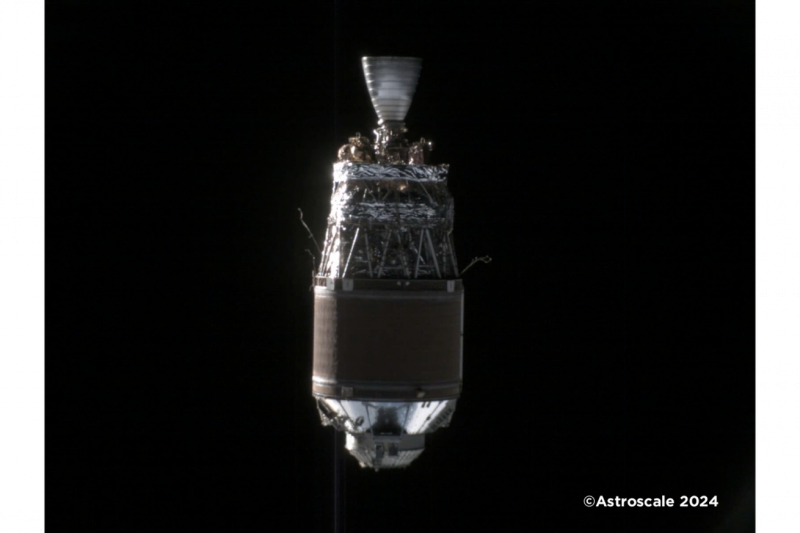In the vast expanse of space, a lesser-known but growing concern is the abundance of space junk orbiting our planet. These debris, remnants of previous space missions and defunct spacecraft, pose a significant threat to active satellites and the International Space Station (ISS). In order to address this issue, experts have been utilizing advanced technologies and innovative methods to monitor, track, and mitigate the risks associated with space debris.
One of the key challenges in dealing with space junk is the sheer volume of objects being tracked. With millions of debris ranging in size from small fragments to old satellites, the task of monitoring their movements and potential collisions is a complex one. To overcome this obstacle, scientists and engineers have developed sophisticated tracking systems that utilize ground-based radars, telescopes, and satellites to keep a close watch on the trajectory of space junk.
In addition to tracking, efforts are also being directed towards developing methods to remove debris from orbit. Various concepts such as harpoons, nets, and robotic arms have been proposed to capture and remove space junk, with some missions already demonstrating successful results. For instance, the European Space Agency’s (ESA) RemoveDEBRIS mission successfully tested a net to capture a target satellite in orbit, showcasing the potential of such technologies in tackling the issue of space debris.
Furthermore, advancements in artificial intelligence (AI) and machine learning are playing a crucial role in analyzing the vast amounts of data collected on space debris. AI algorithms help in predicting potential collisions and identifying the most efficient ways to address the growing problem of space junk. By utilizing AI-powered solutions, researchers can optimize debris removal missions and minimize the risks posed by space debris to operational satellites and spacecraft.
Moreover, international cooperation and collaboration are essential in addressing the challenges posed by space debris. Organizations such as NASA, ESA, and other space agencies around the world are working together to exchange data, share resources, and coordinate efforts to safeguard critical space assets. By fostering partnerships and pooling expertise, the global community can enhance its capabilities in monitoring and managing space debris effectively.
In conclusion, the issue of space junk presents a significant challenge to the sustainability of space activities and the safety of satellites in orbit. Through the use of advanced technologies, innovative solutions, and international cooperation, progress is being made in addressing this pressing concern. By staying vigilant, proactive, and collaborative, we can continue to explore and utilize space while preserving the orbital environment for future generations.




























